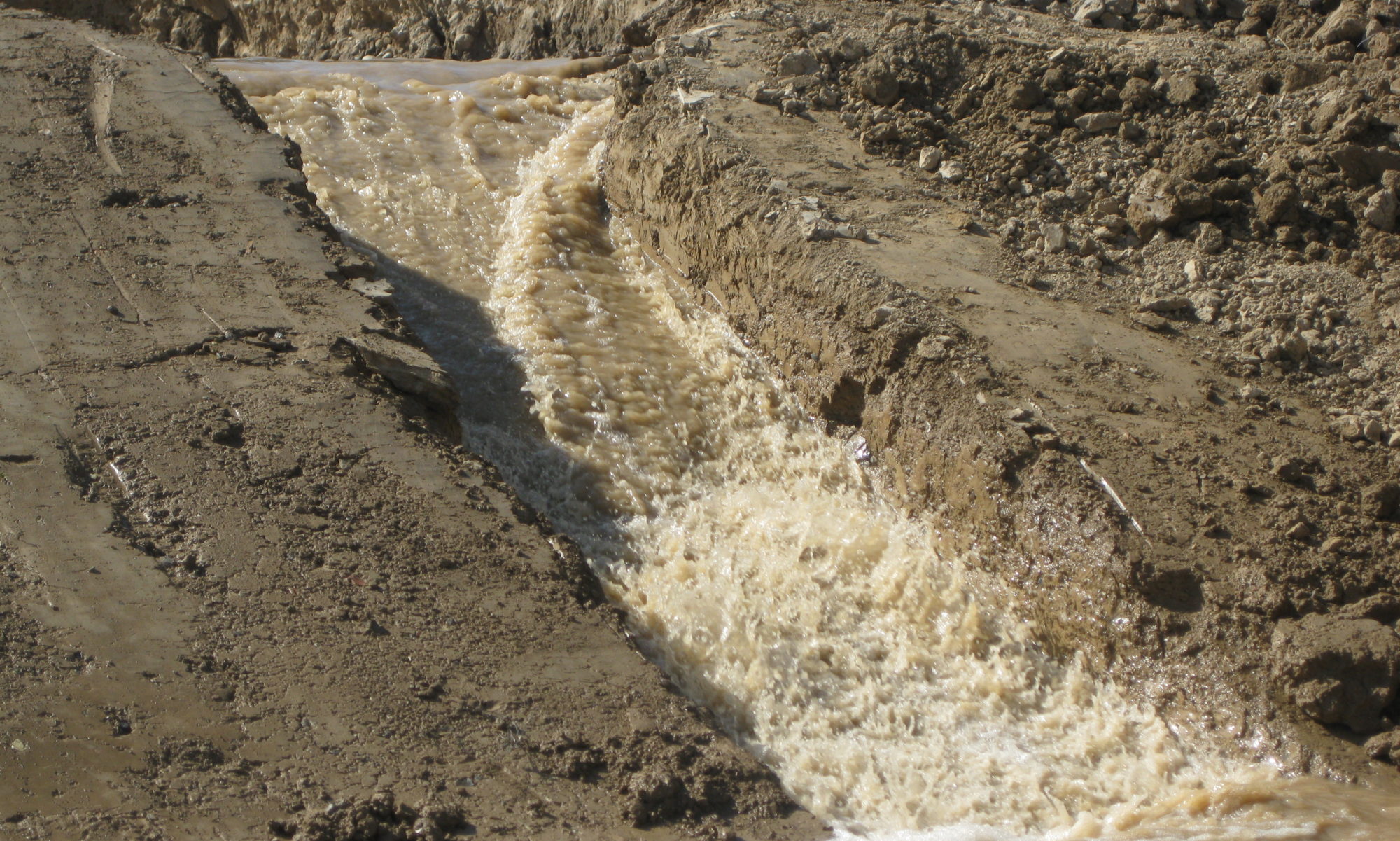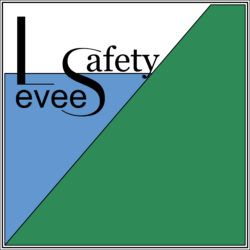This section addresses monitoring issues for levees, in an effort to provide information and perspective regarding this topic to professionals working in the fields of levees and levee performance monitoring. The goal of this section is to provide an overview of the current state-of-the-practice in monitoring levees.
Monitoring includes the use of visual observations and instrumentation for both regular, on-going monitoring work, as well as during flood events.
Even if, historically, monitoring of levees has received less attention than monitoring of dams, the consequences of levee failures can be just as catastrophic and costly as dam failures.
Because of global climate change, the occurrence of extreme weather events and flooding has become common in recent years. Therefore, flood risk and flood prevention have raised public, political and scientific awareness. This growing awareness has led to a substantial increase in the attention paid to levee safety and the monitoring of levee performance to look for early indications of problems that could possibly result in failure.
The main aspects concerning the monitorig of levees are:
- the design and development of monitoring programs (with the central role played by the Potential Failure Mode Analysis) for both new and existing levees;
- the choice of instrument types;
- the installation or construction and maintenance of instrumentation systems;
- the relationship between instrumented monitoring and visual monitoring;
- the operational aspects of levee safety monitoring programs (such as data collection and transmittal and data review and evaluation).

